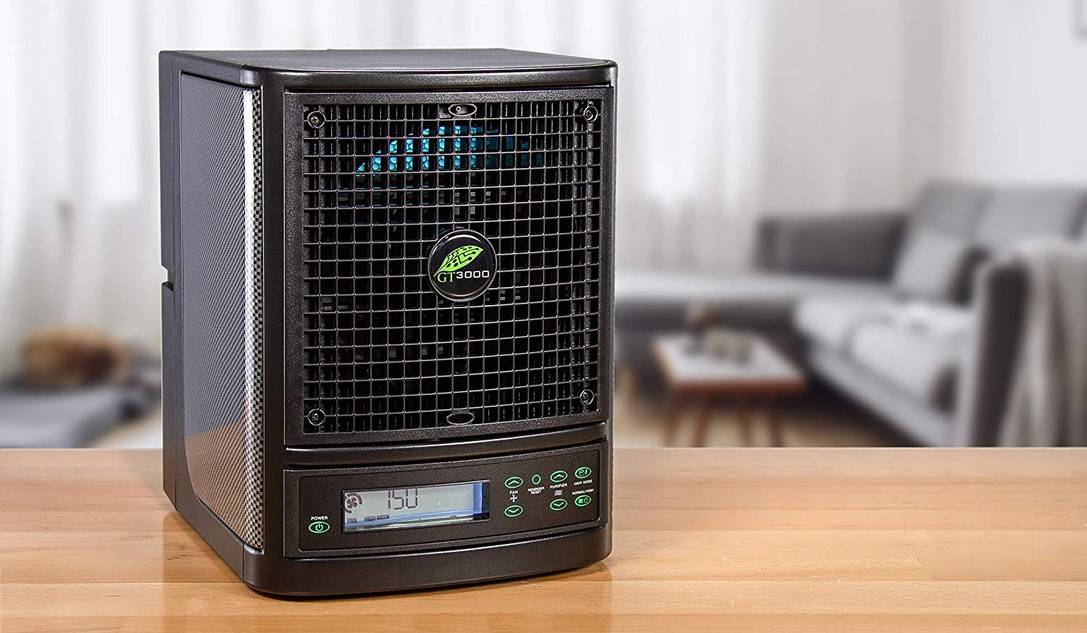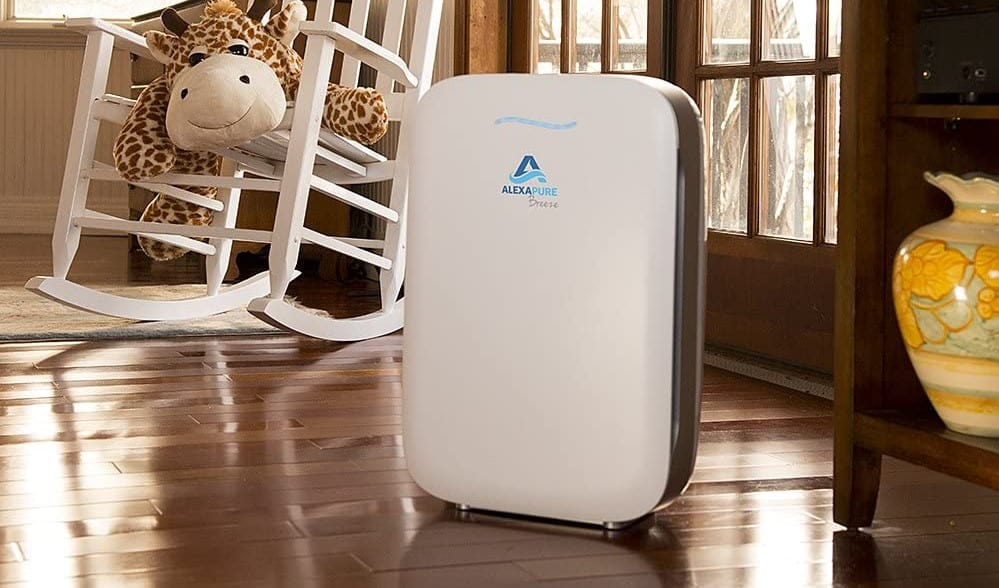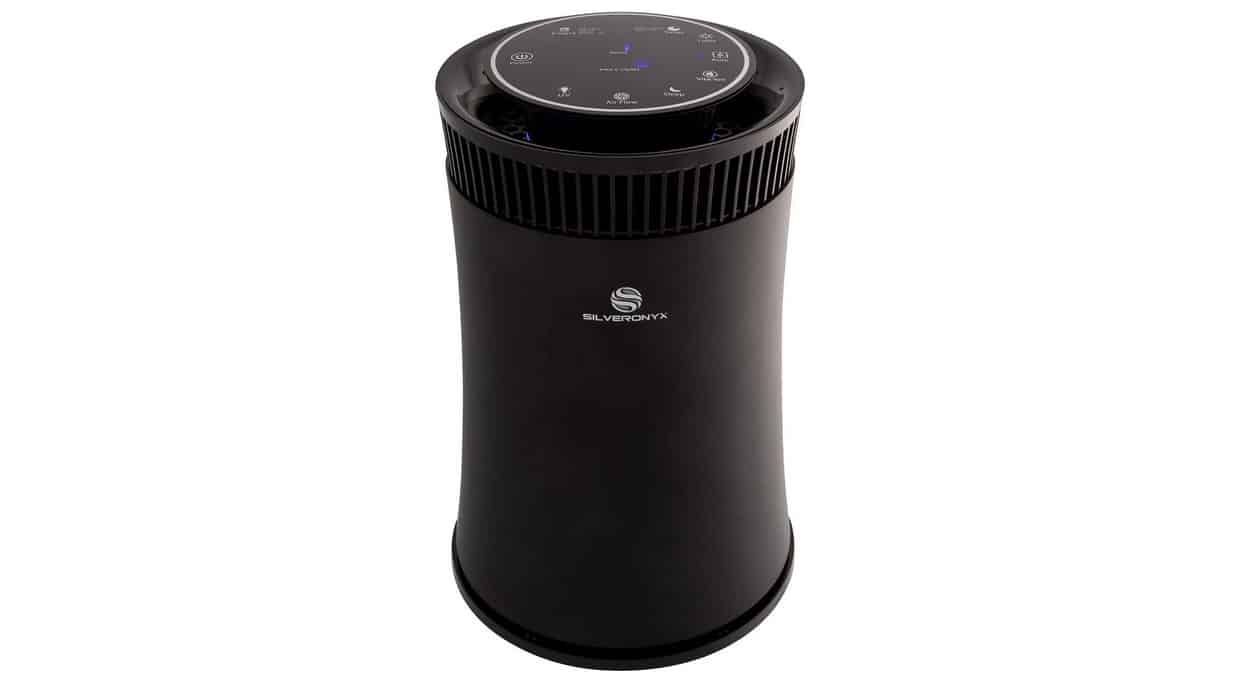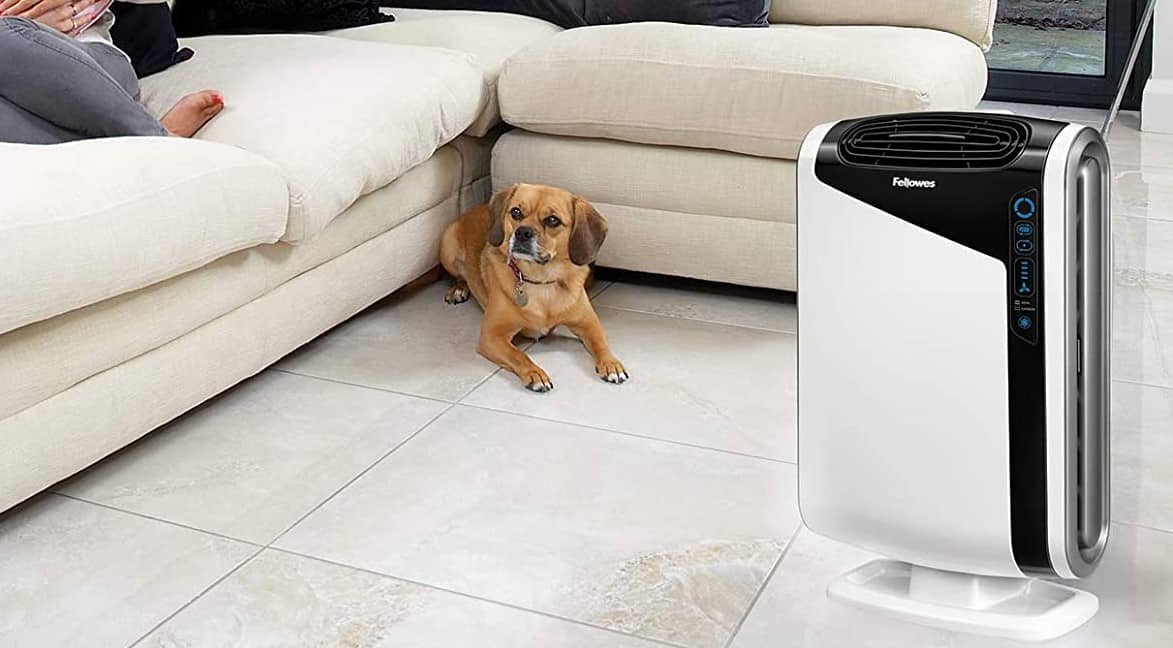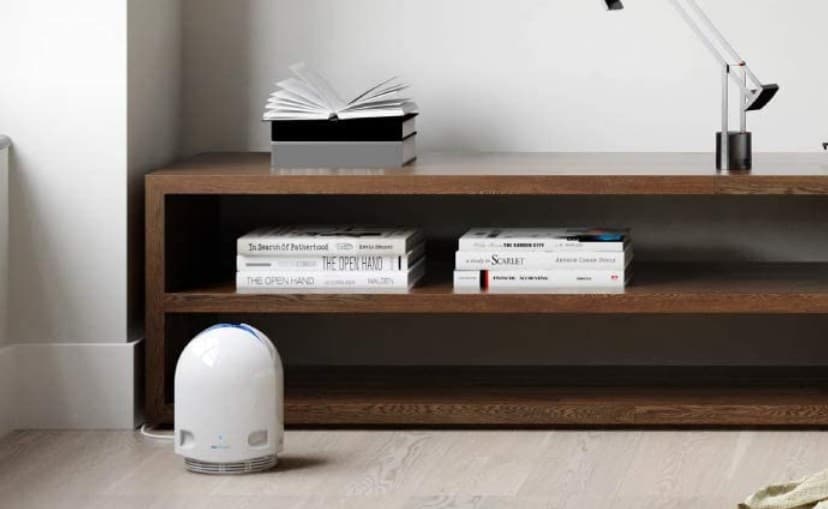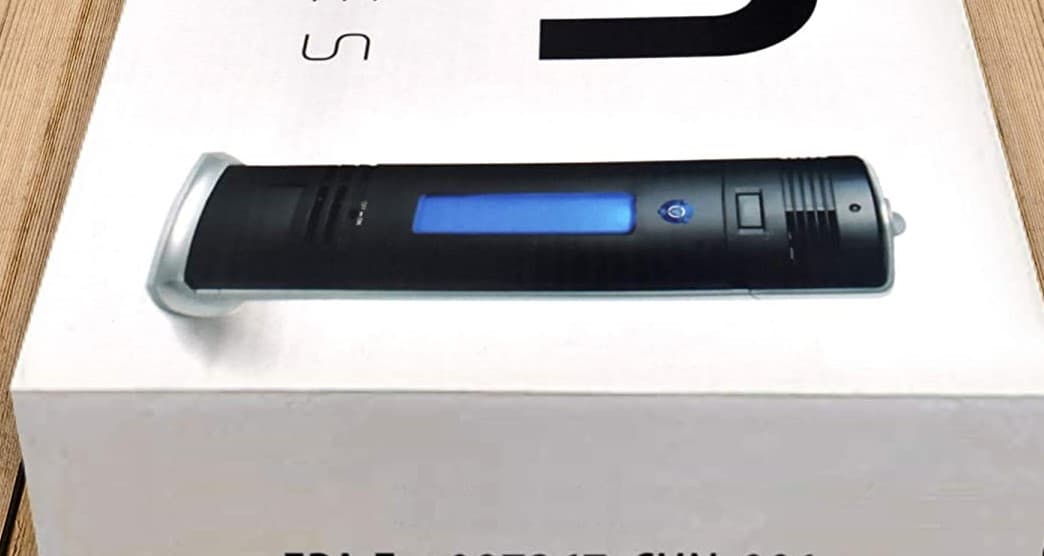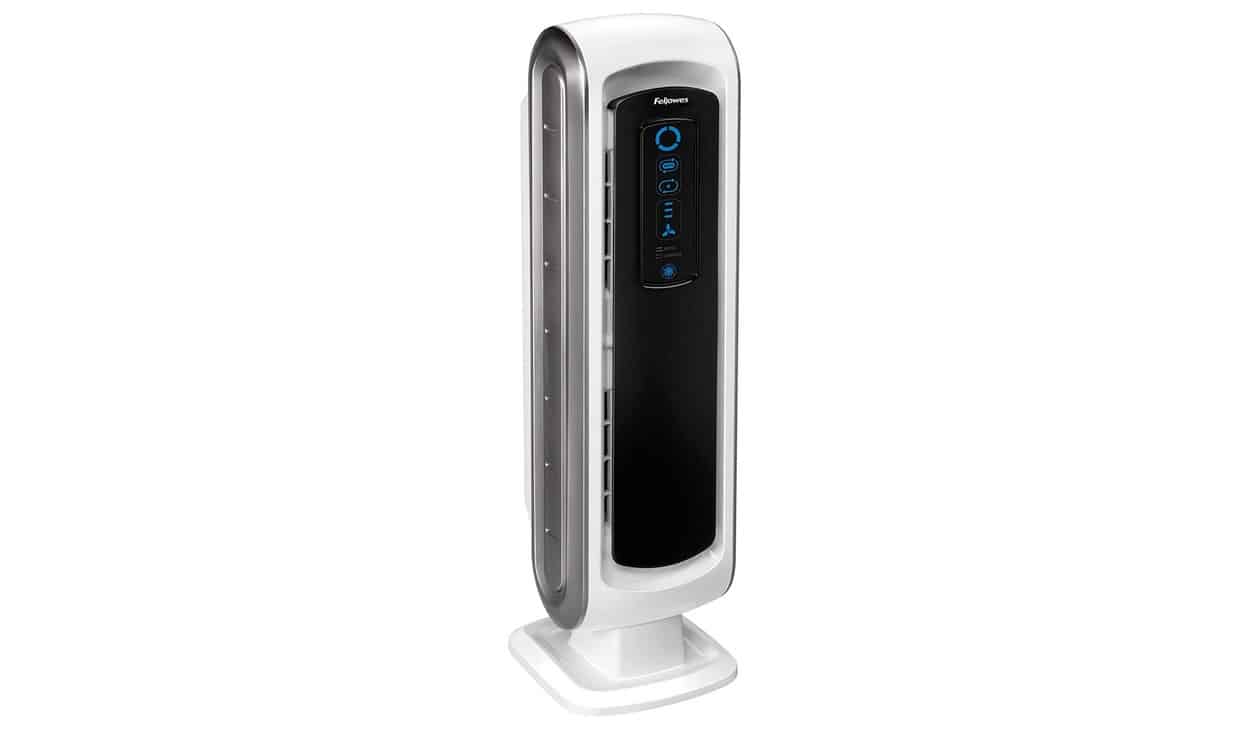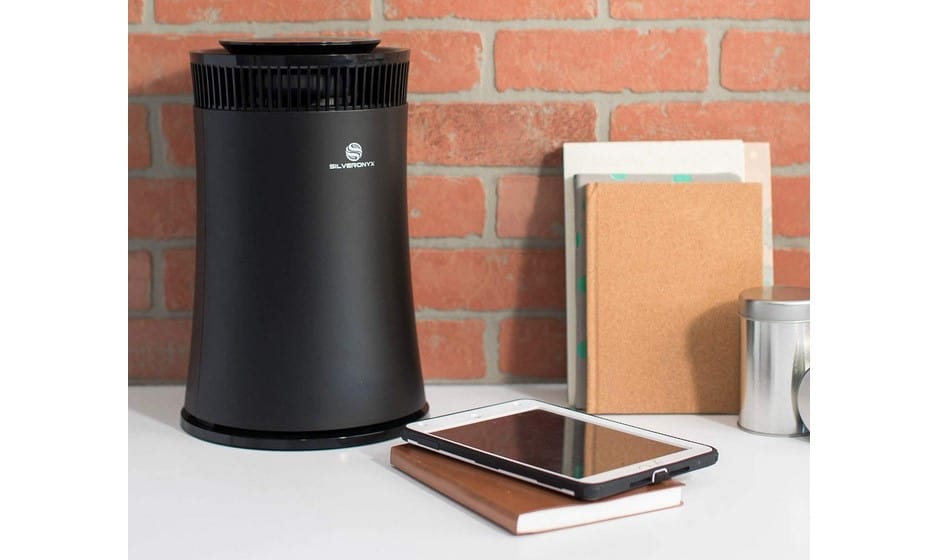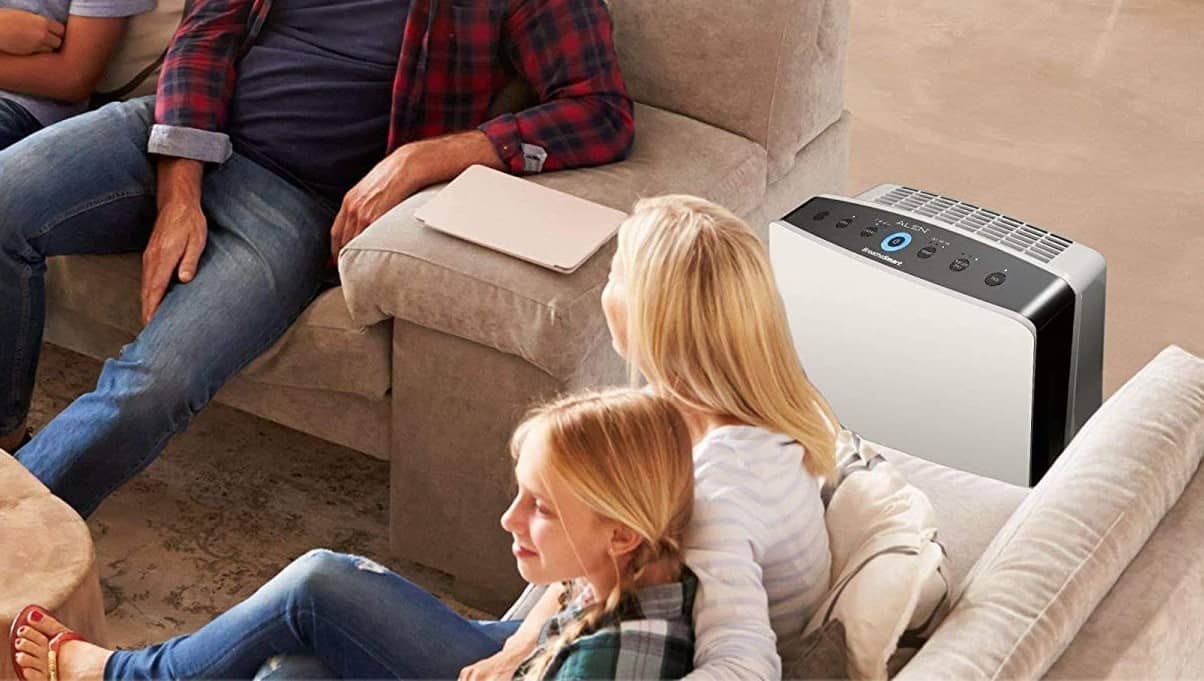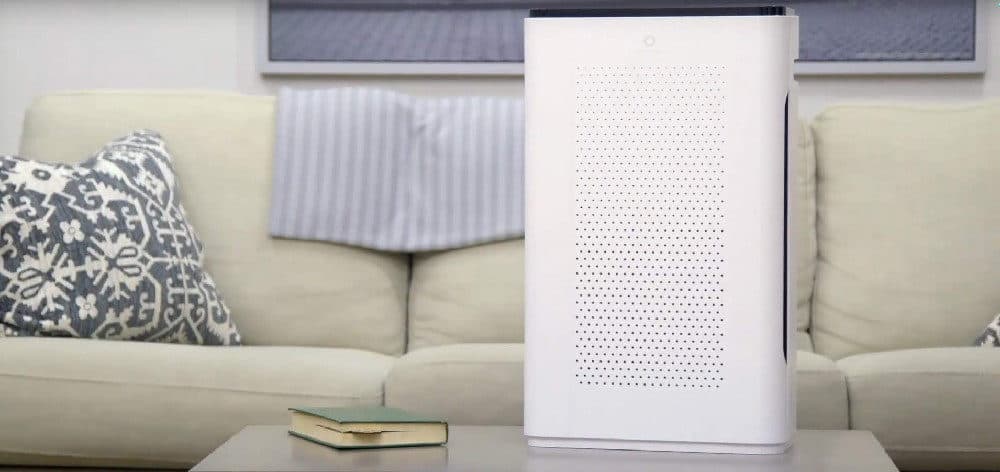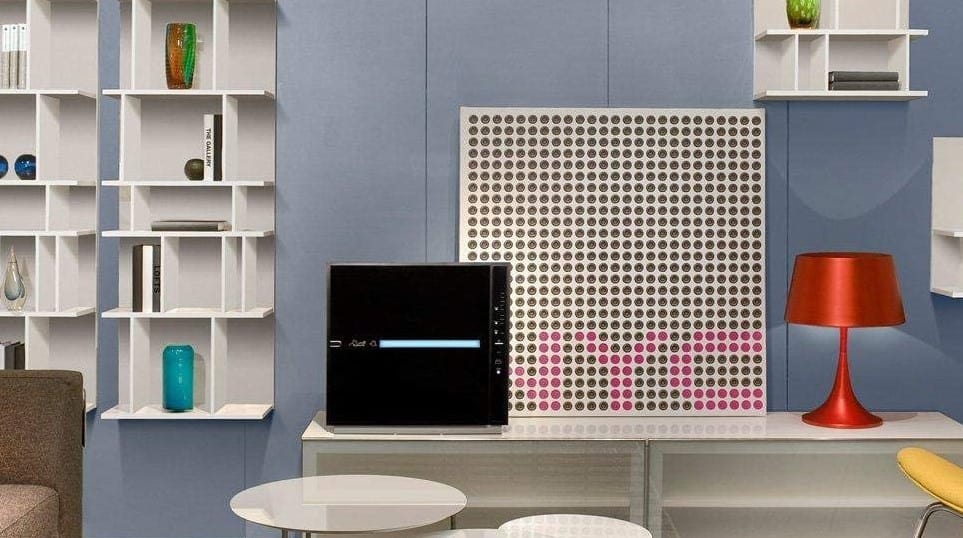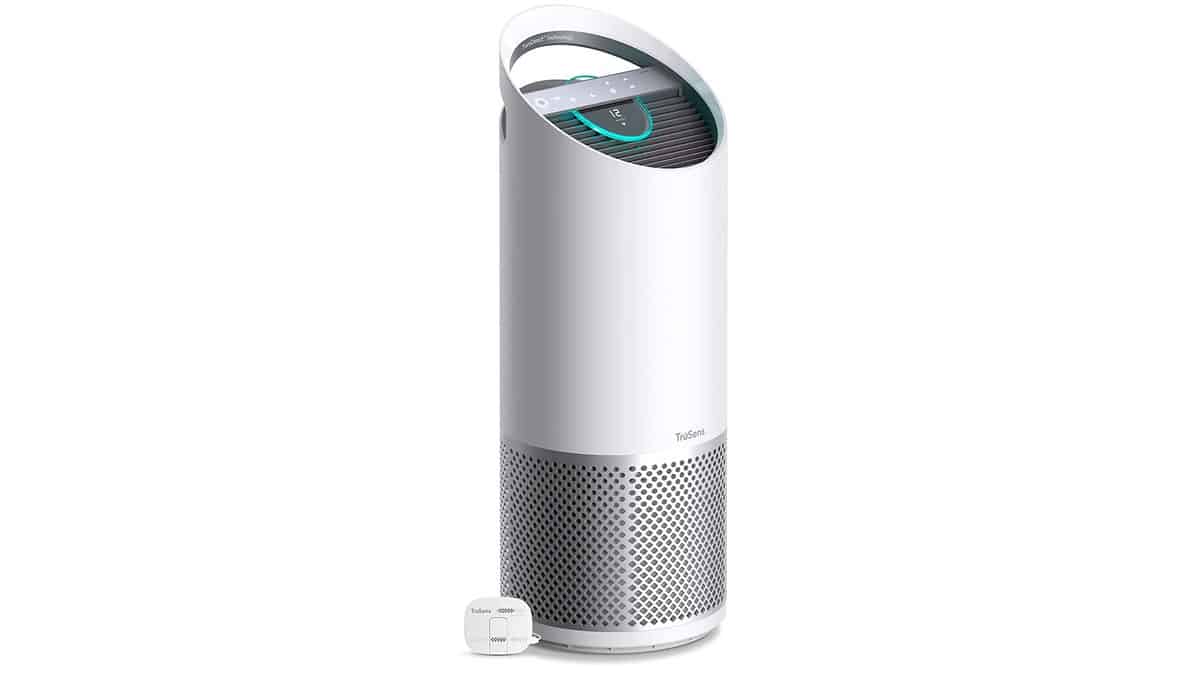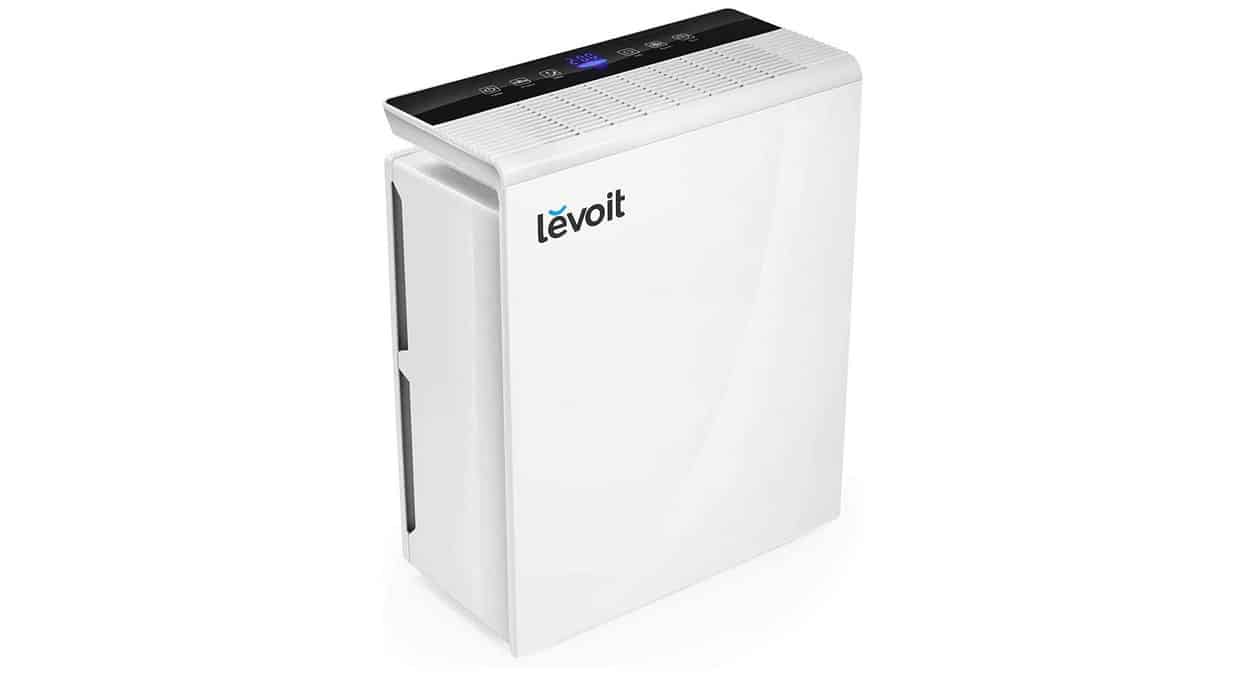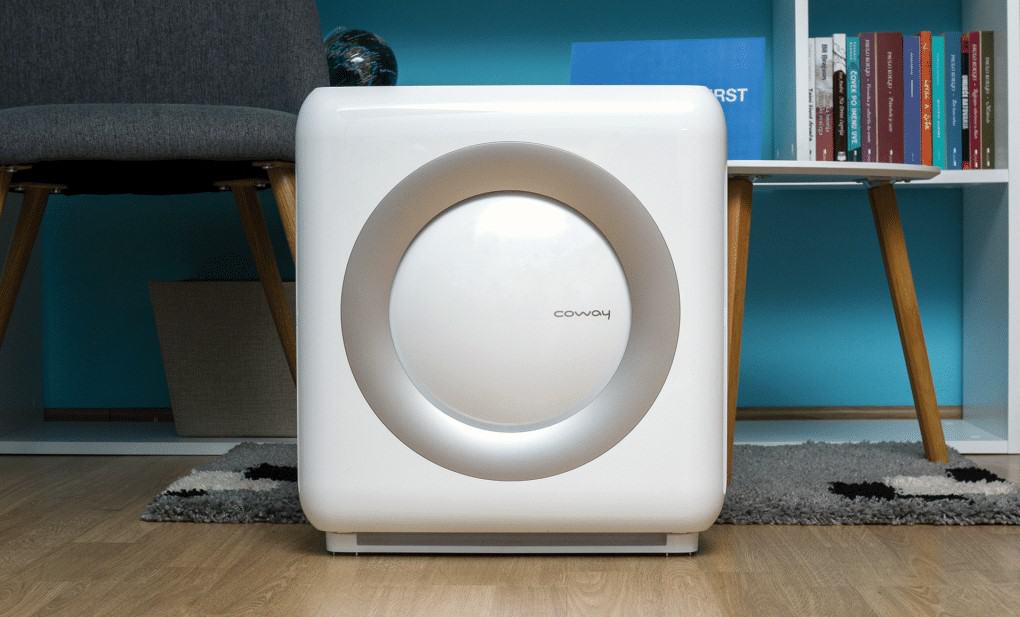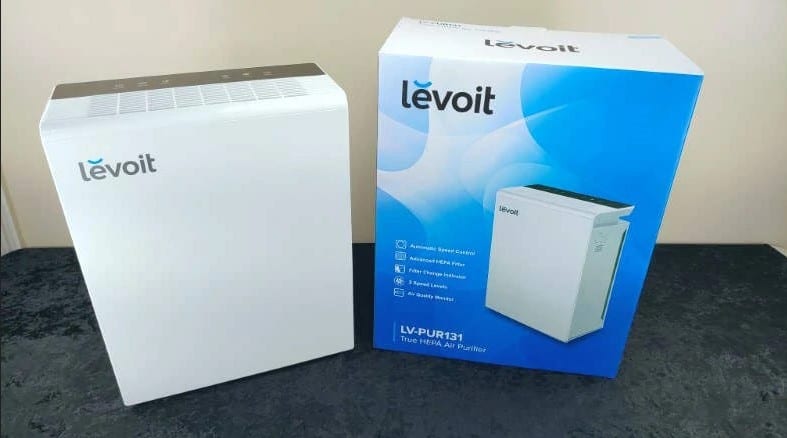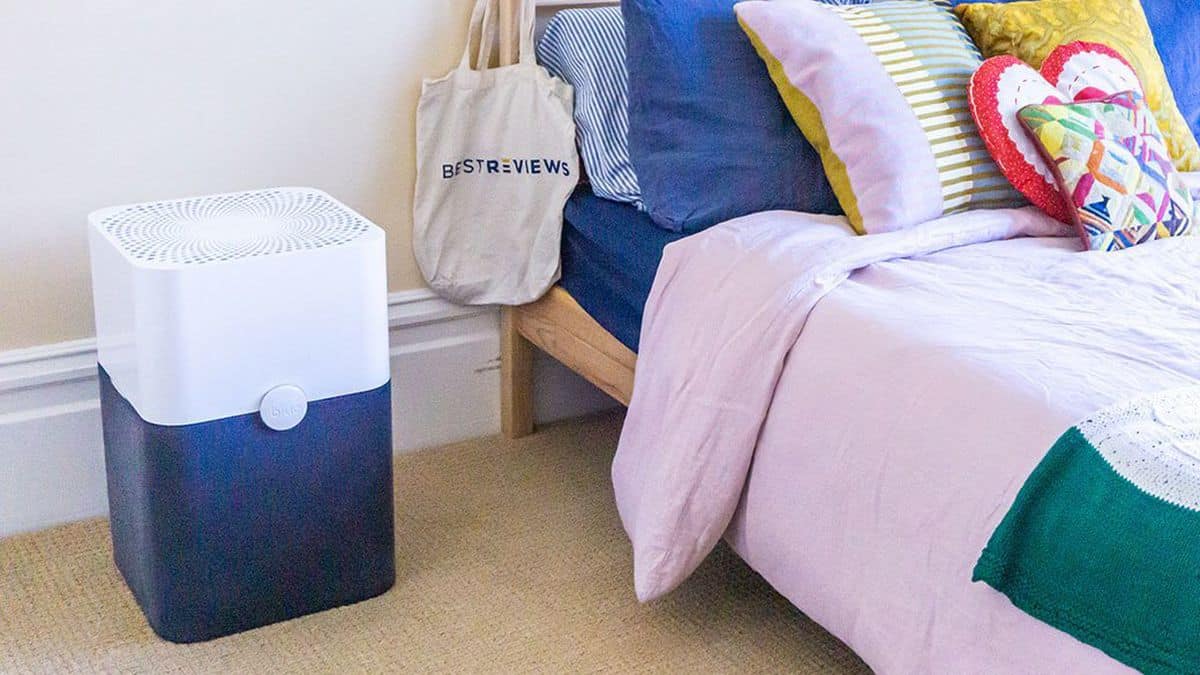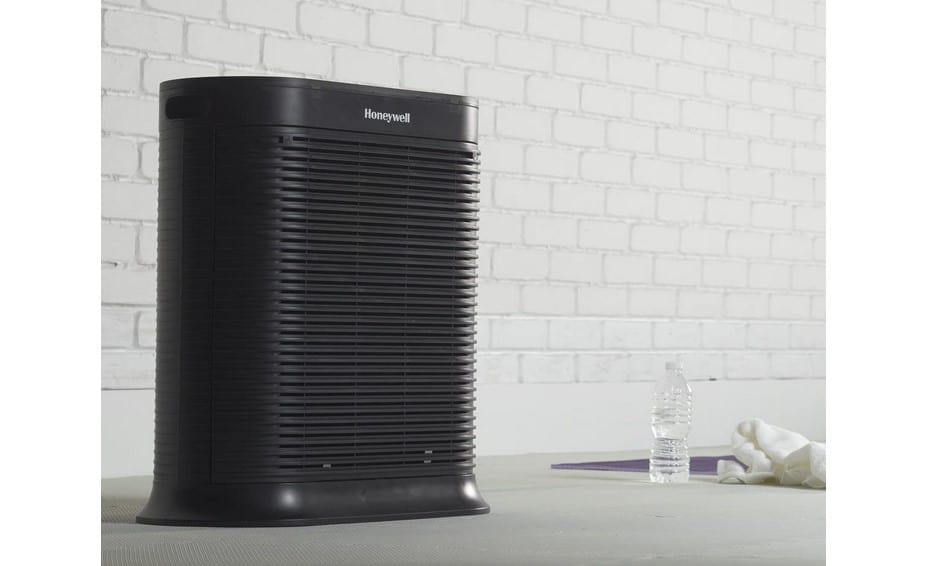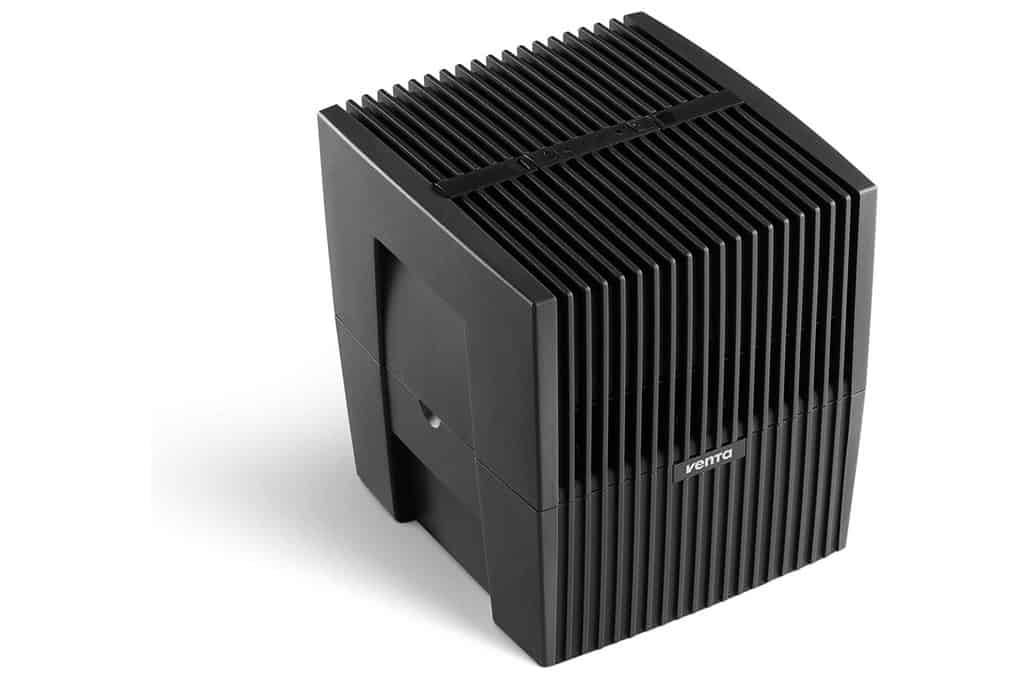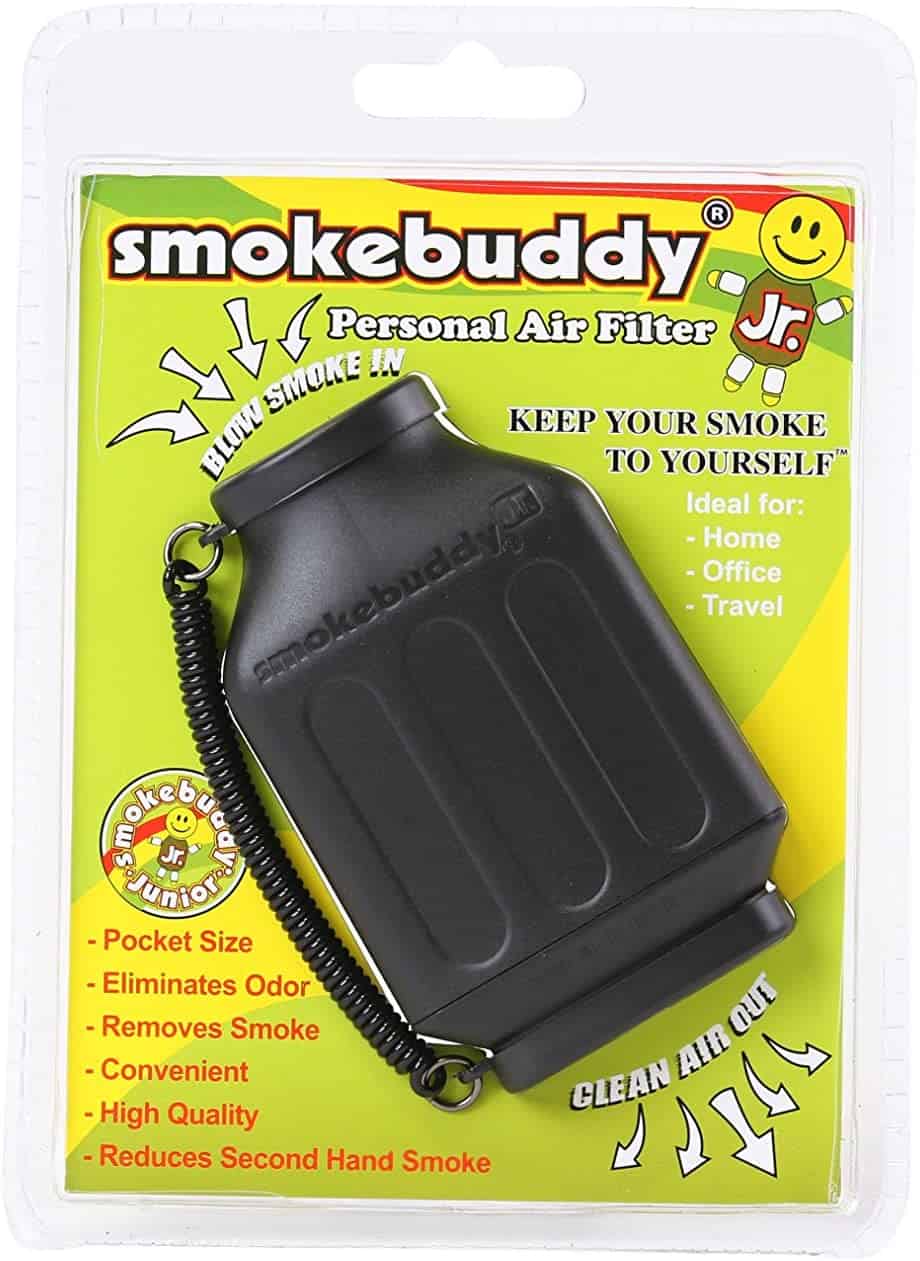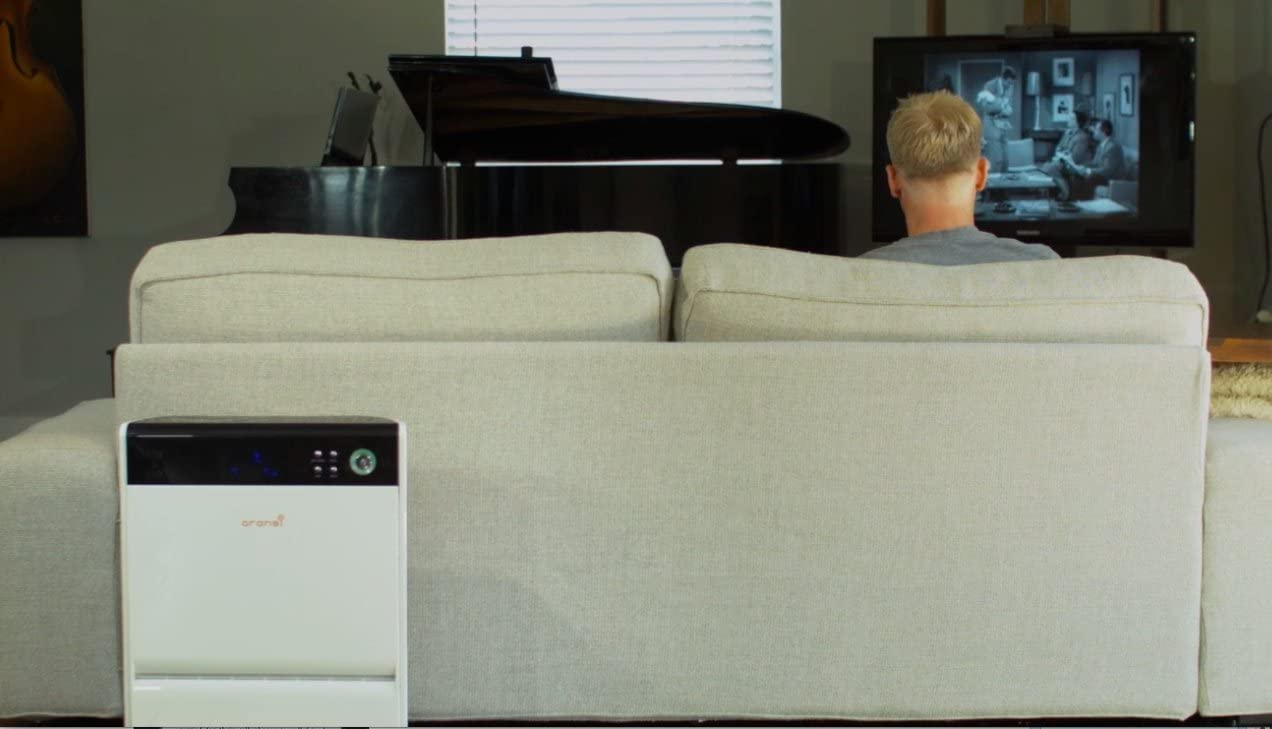If you have noticed that the air in your home is a bit staler than usual, you may be wondering why is my air purifier not working. There are a number of troubleshooting steps you can take to find out what is going on with your purifier. We are here to help. Here is a list of the best air purifiers that you check out.
KEY TAKEAWAYS:
- If you suspect your air purifier is not functioning properly, the first thing you should do is check on the filters.
- If they seem excessively clogged or dirty, wash or replace them according to the manufacturer’s instructions.
- You should also listen for adequate airflow near the fans and use an air quality monitor to check on the purifier’s efficacy.
How Do Air Purifiers Operate?
To understand what is wrong with your air purifier, it may be helpful to understand how most air purifiers work. When it comes to filter-based models, they boast a number of internal fans that draw air in, where it is then run through the filtering mechanism and spit back out into your living area. Ionic purifiers work by releasing negatively charged ions into the atmosphere that bond and weigh down airborne pollutants. Another thing you need to know are benefits of using an air purifier.
Insider Tip
Ionic purifiers work by releasing negatively charged ions into the atmosphere that bond and weigh down airborne pollutants.
Air Purifier Troubleshooting Tips
Each air purifier is different and may necessitate slightly different steps when it comes to troubleshooting. Here are some universal guidelines to follow to figure out what is going on with your purifier.
Check on the Filters
If your air purifier is powering on but otherwise does not seem to be doing its job, it could be an issue with your air filters. Follow the manufacturer’s instructions to open up the housing of your air purifier and take a look at the filter. Does it look clogged and unusable? If so, it is time to wash or replace the filter. HEPA filters need to be disposed of and replaced every six months to one year. Activated carbon filters and electrostatic filters should be washed with gentle-running water and a microfiber cloth once every month.
Listen to the Airflow
The general airflow of an air purifier can be a great way to find out if the device is functioning properly. This can be done with a simple listen. Place your ear up to the air purifier and listen and feel for the fan or fans. Does the purifier seem to be blowing out air and sucking in air at a good clip? Is the fan louder than usual or right on point? If the fan seems to be struggling and making a lot of noise, it typically indicates that the air filters are not doing their job. Clean or replace the air filters according to the manufacturer’s instructions.
To avoid some of these issues, you can get an energy-efficient air purifier and make sure the price point for your air purifier is what you can afford. This also includes filter replacements and any repairs. If you’re not sure where to start, try this mashup of the 2IQAire Machine vs NK100 Tower air purifier.
Insider Tip
Activated carbon filters and electrostatic filters should be washed with gentle-running water and a microfiber cloth once every month.
Get an Air Quality Monitor
You can purchase a high-grade air quality monitor and test the air in your living area to see if the air purifier has done its job. There are many decent monitors to check out, each with its own specific set of instructions. Generally speaking, you will want to test the air in a room that has been sealed from outside air or contaminants. Choose a bedroom and shut the windows and doors. Run the air purifier on its highest setting for 30 minutes before you break out the monitor. After 30 minutes, feel free to conduct an air quality test. If the air quality is decent, then your air purifier is likely working according to specifications.
As a warning, many air purifiers actually include integrated air quality monitors, but these tend to be of low quality, so we recommend going with a third-party unit.
Test the Electrical Cord and Outlet
If your air purifier is not powering on, you should test both the electrical cord and the power outlet. Be sure to swap power outlets throughout the home to make sure it is not a faulty outlet causing your purification issues. As for the electrical cable, feel free to replace it if your purifier allows for the easy detachment of the power cord. If not, you may have to take it in to be repaired or professionally maintained. You could attempt a DIY soldiering job on the cable, but this is not a task built for amateurs. If you need an air purifier that can clean more than one room, read this article.
Warning
HEPA filters need to be disposed of and replaced every six months to one year.
F.A.Q.
Of all the air purifier options available, what is the most effective air purifier technology?
This can depend on personal preference, but air purifiers equipped with true or genuine HEPA air filters are generally considered to be the best choice for most homeowners.
I am extremely allergic to mold. Do air purifiers help with mold?
Yes. HEPA-based air purifiers are particularly successful when dealing with mold remediation, as mold particles are large enough to be trapped by the filter. Be sure to use caution when disposing of the filter after it has become filled with mold.
What are the current air purifier technologies that are available?
There is an array of air purifier technologies, including HEPA filters, activated carbon filters, electrostatic filters, ionic generators, ozone generators, and UV air purifiers.
STAT: The industry standard for a HEPA air purifier is that the unit must be able to remove at least 99.97% of particulates measuring 0.3-micron diameter in a lab setting. (source)

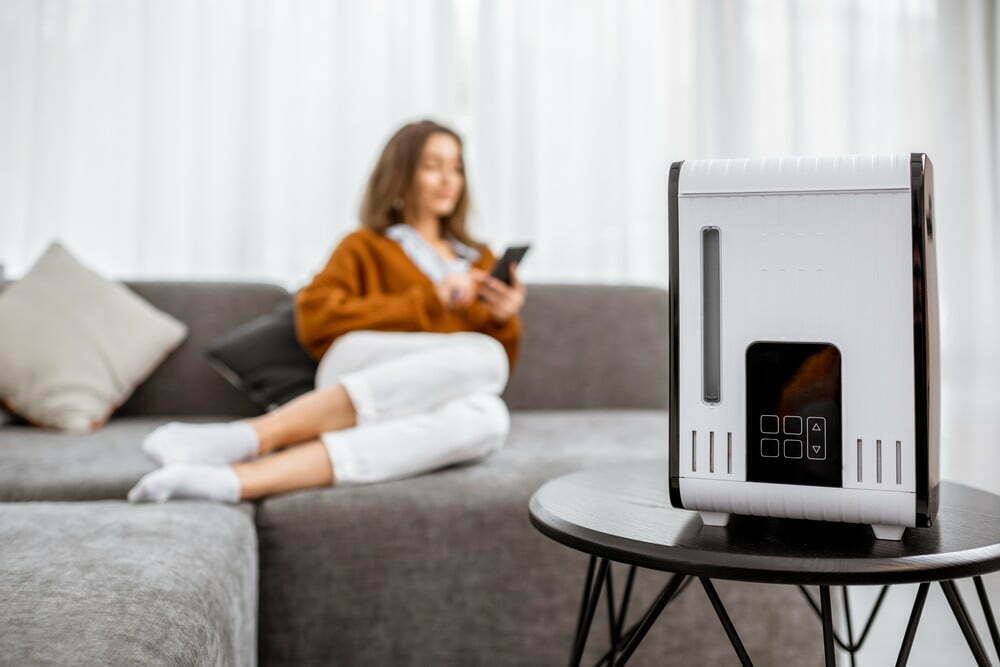













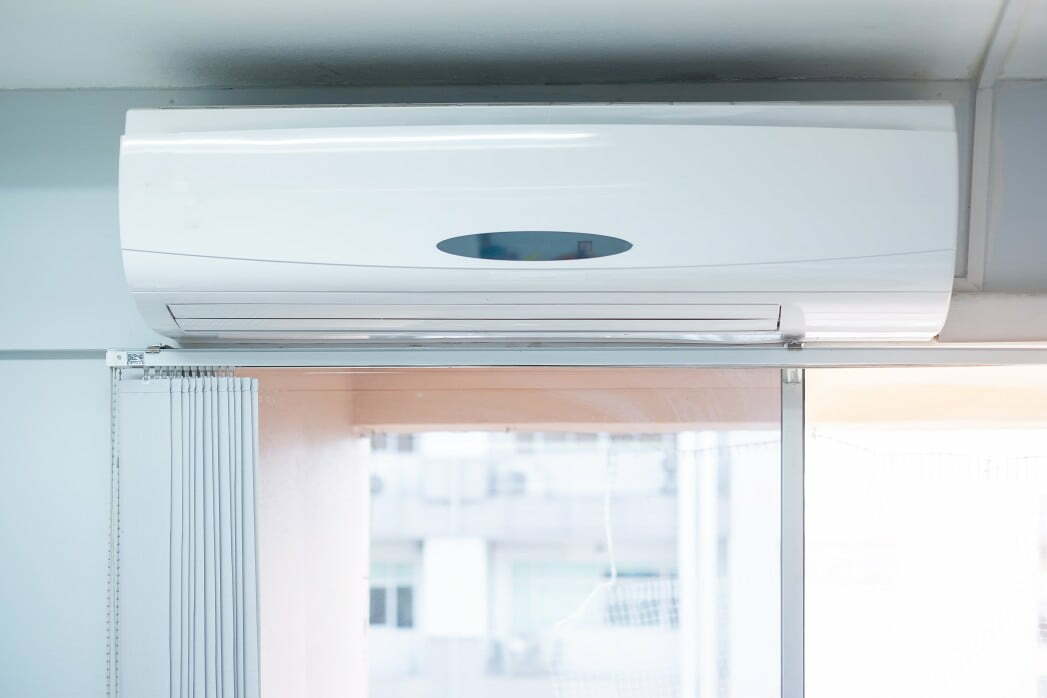
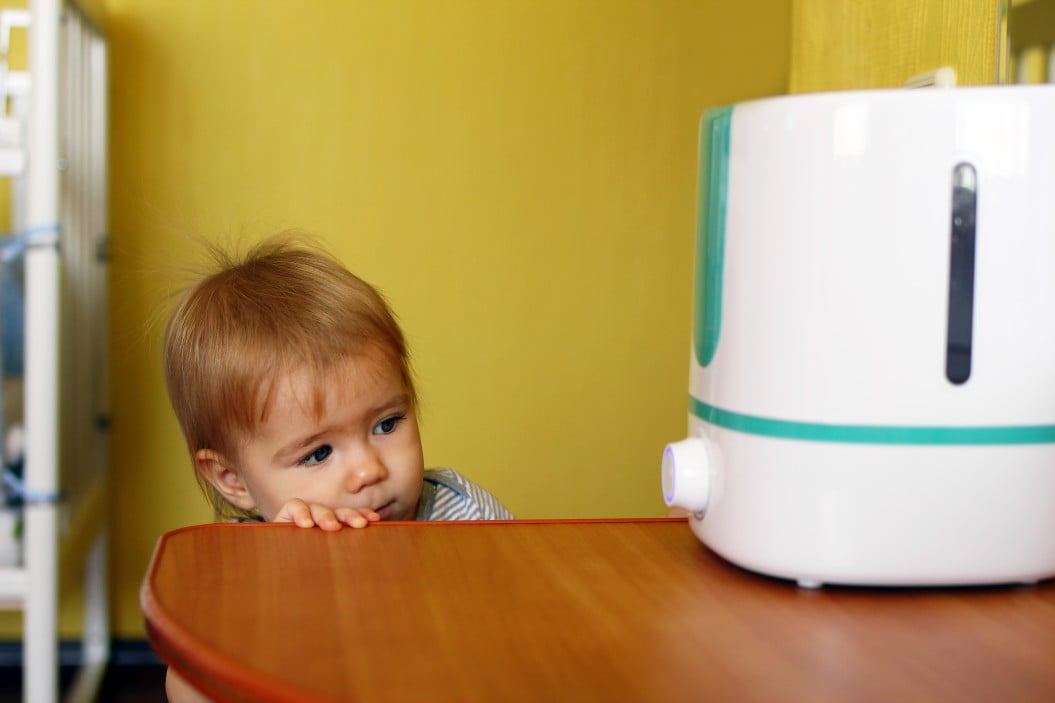
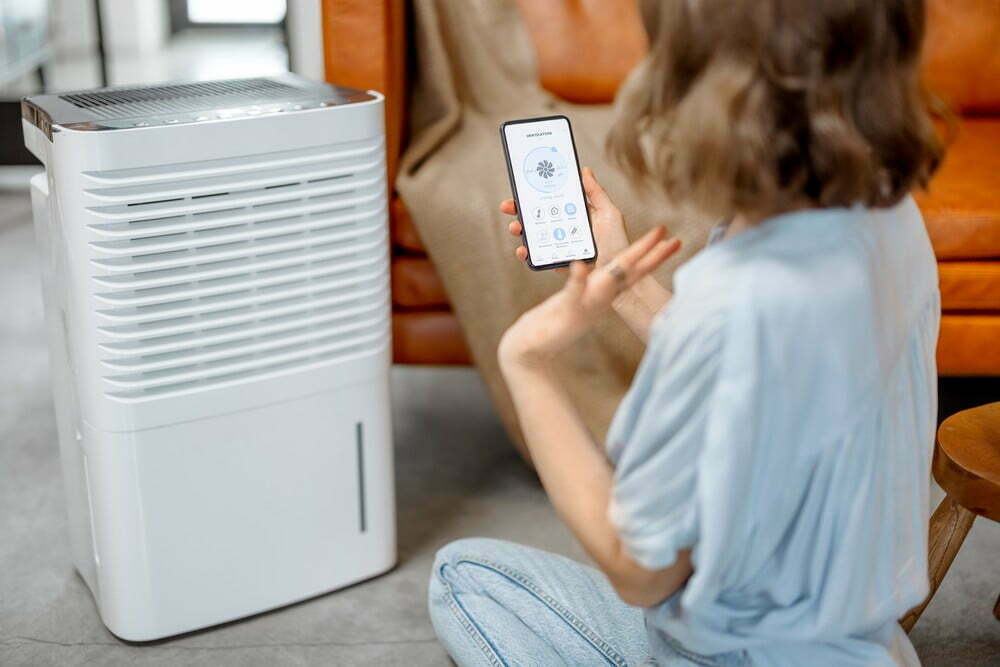
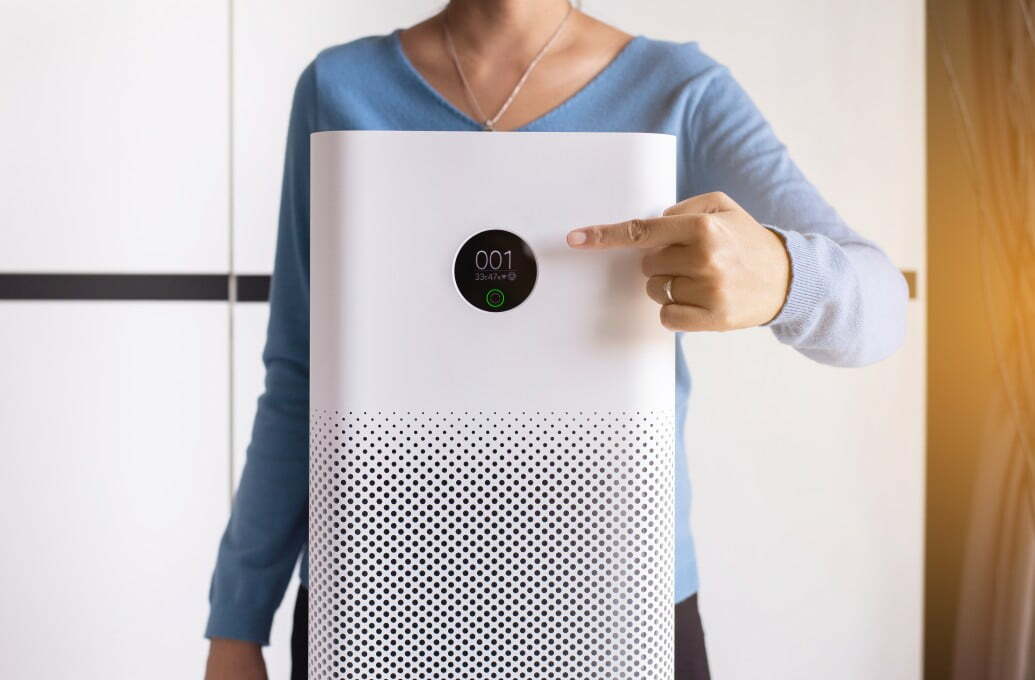
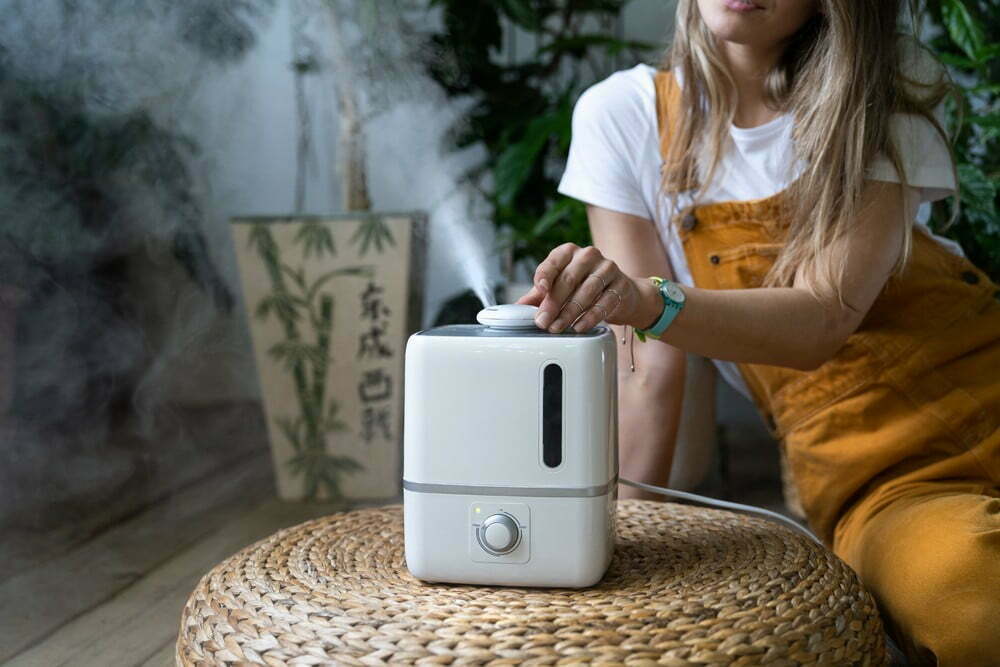
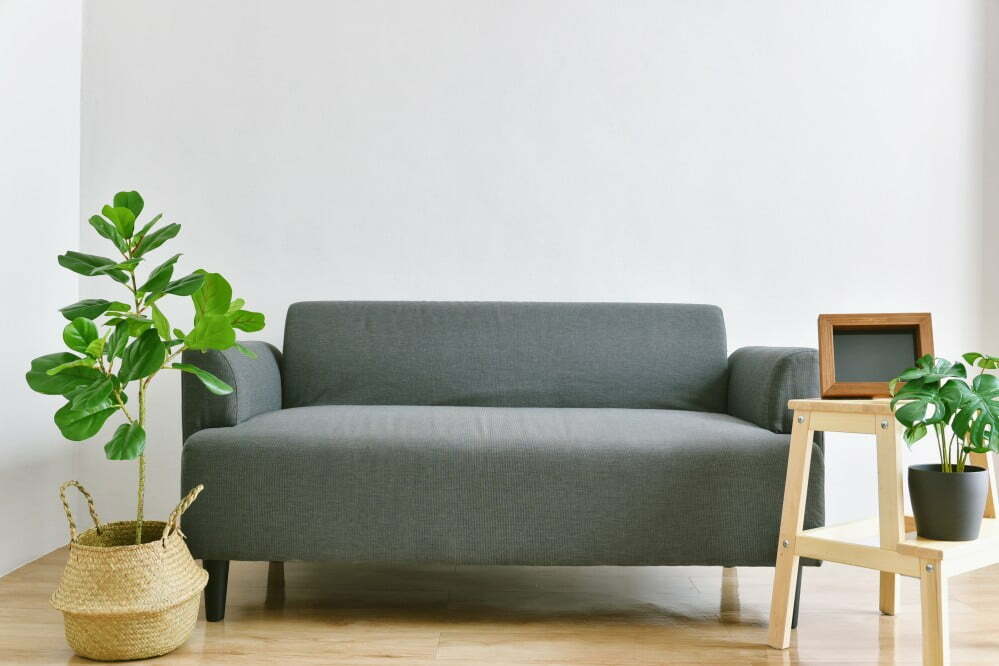

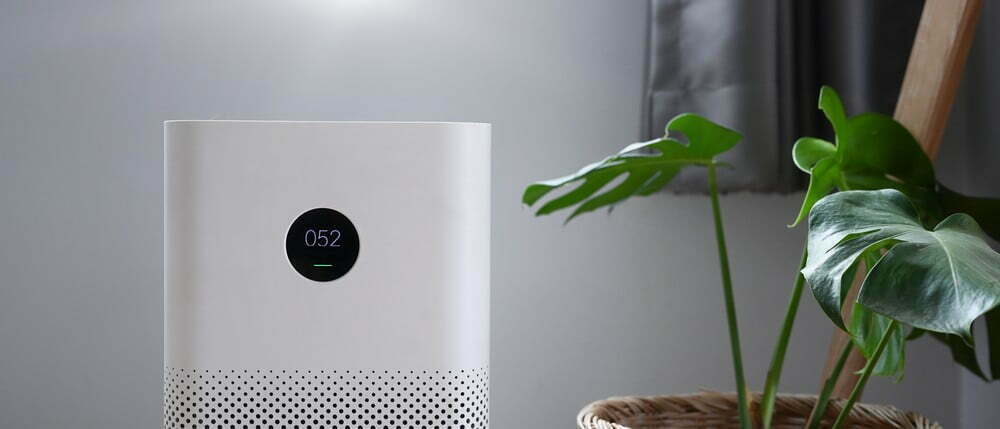
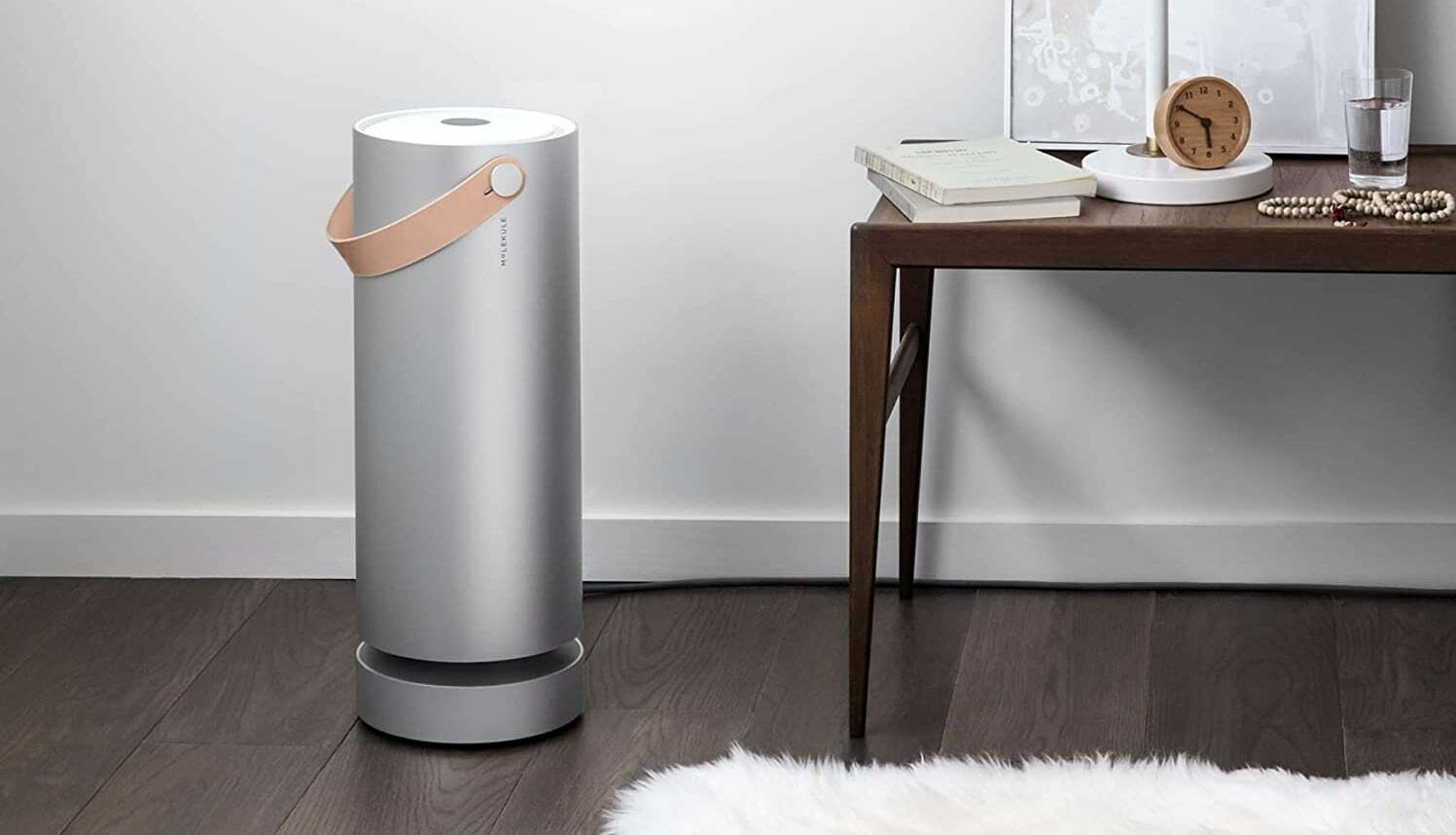
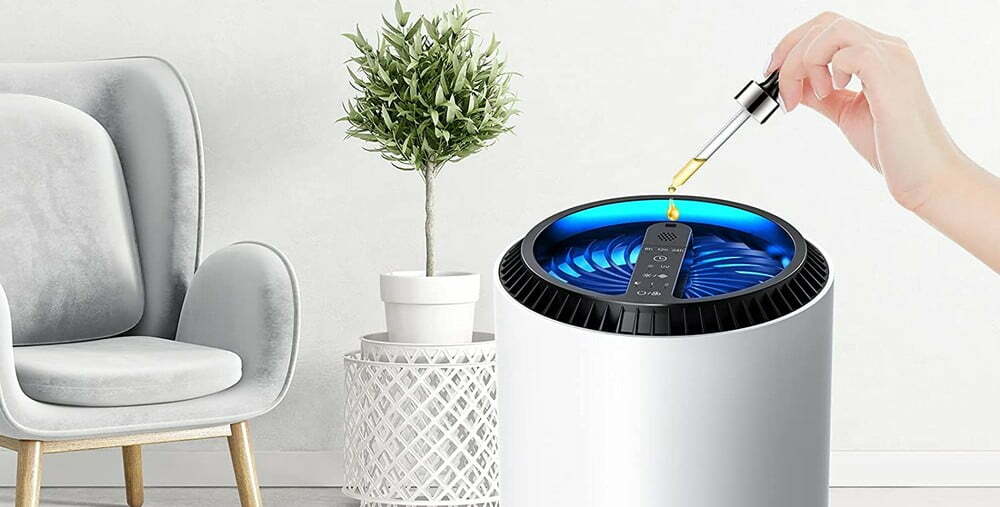
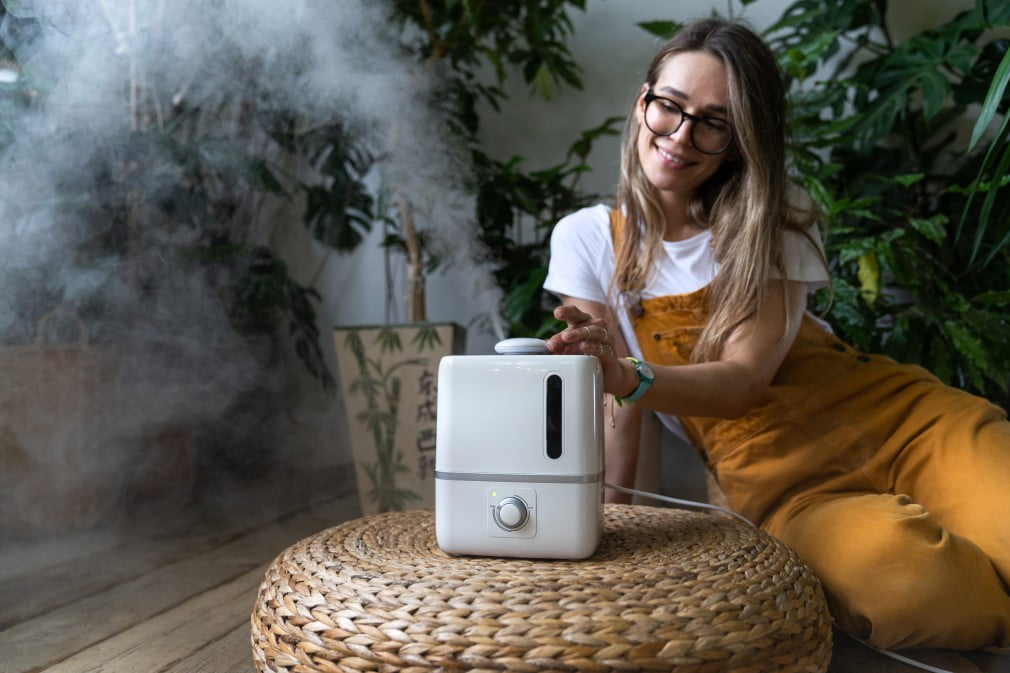
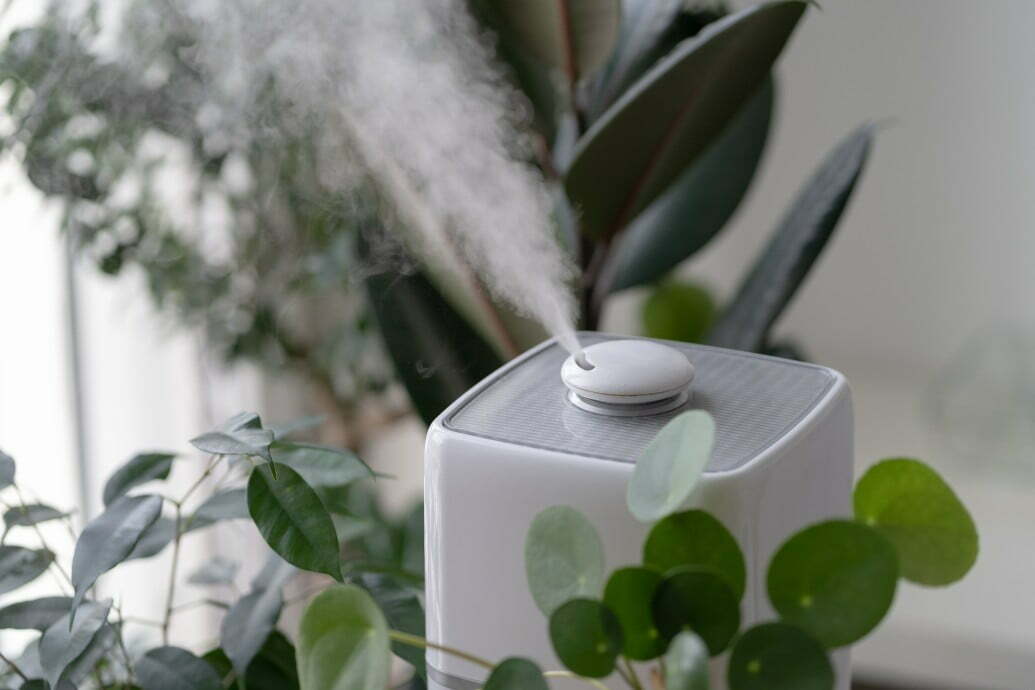
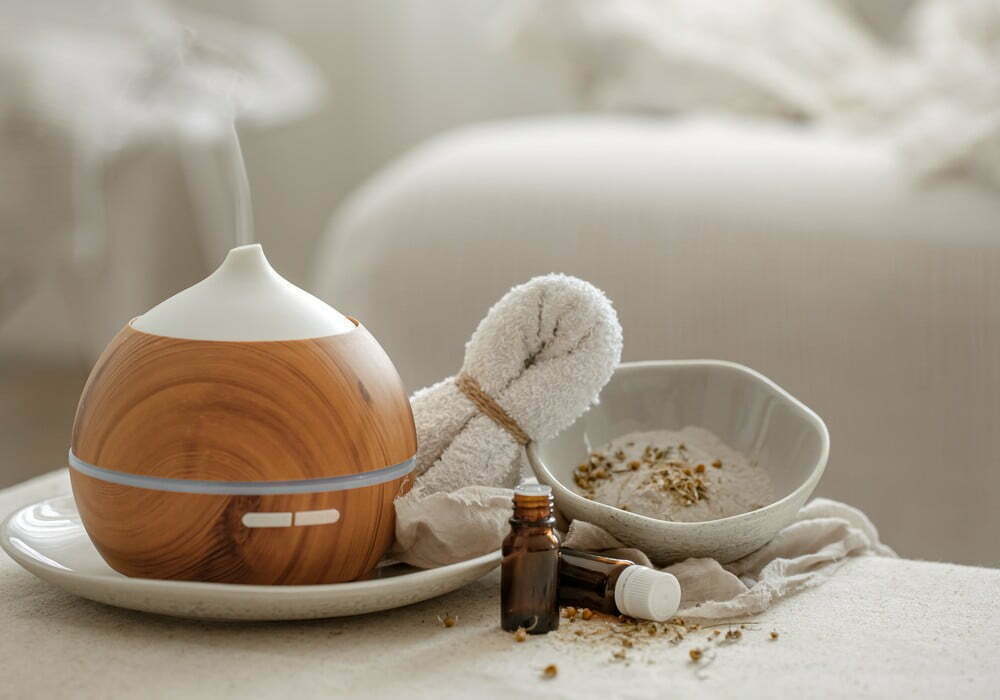
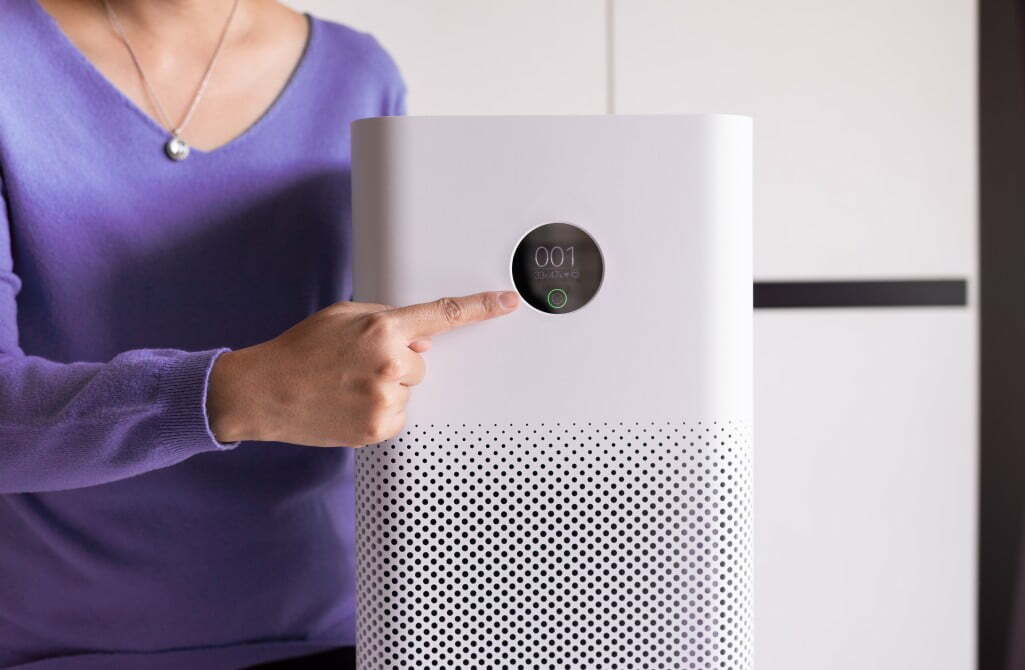
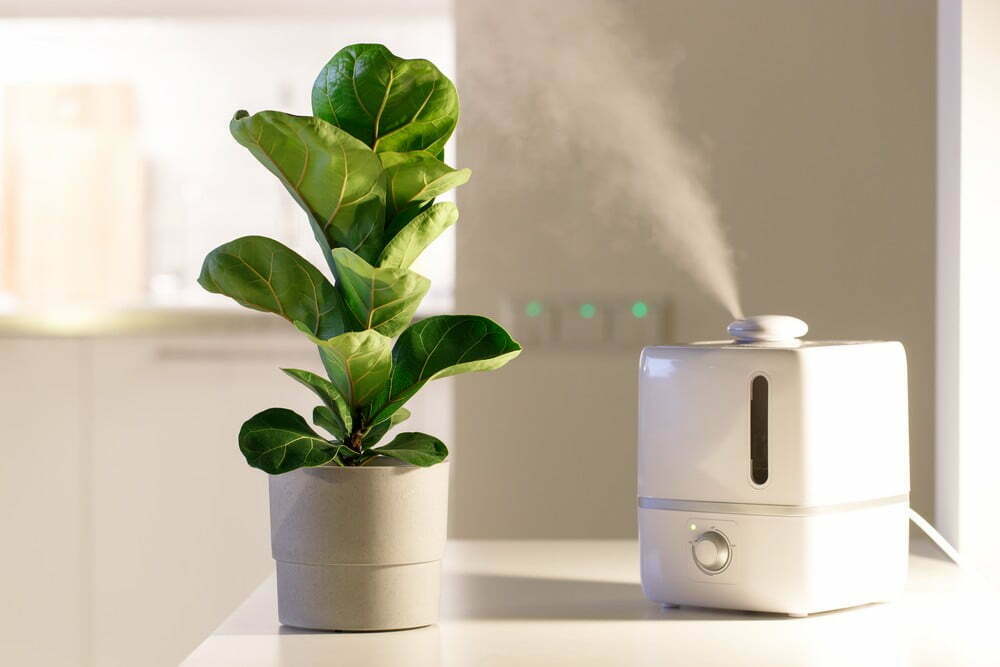
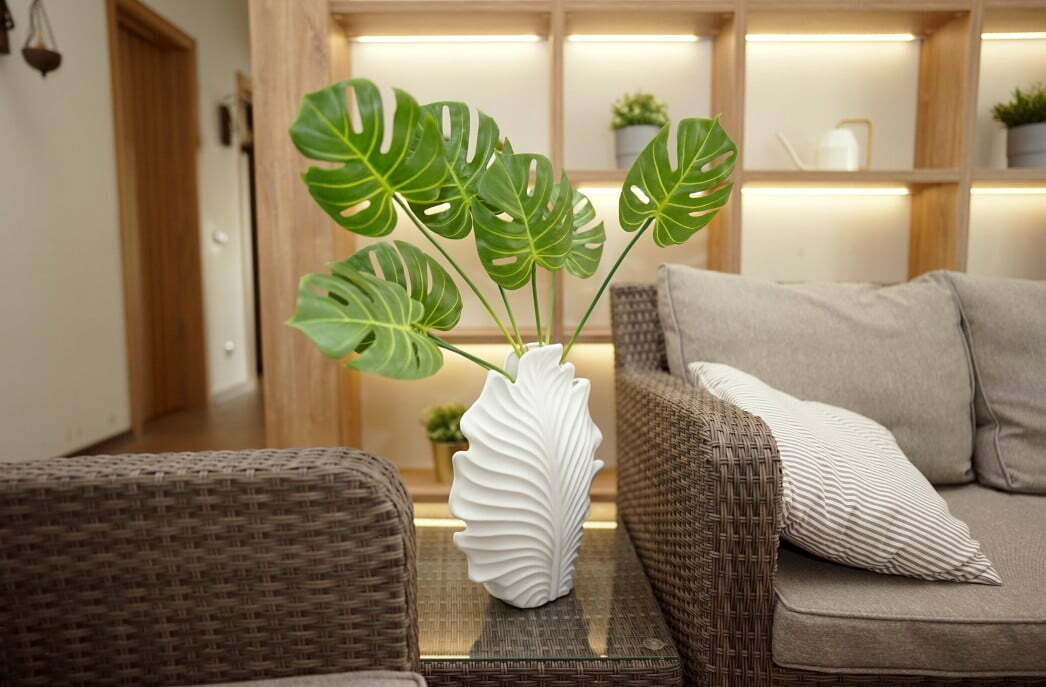
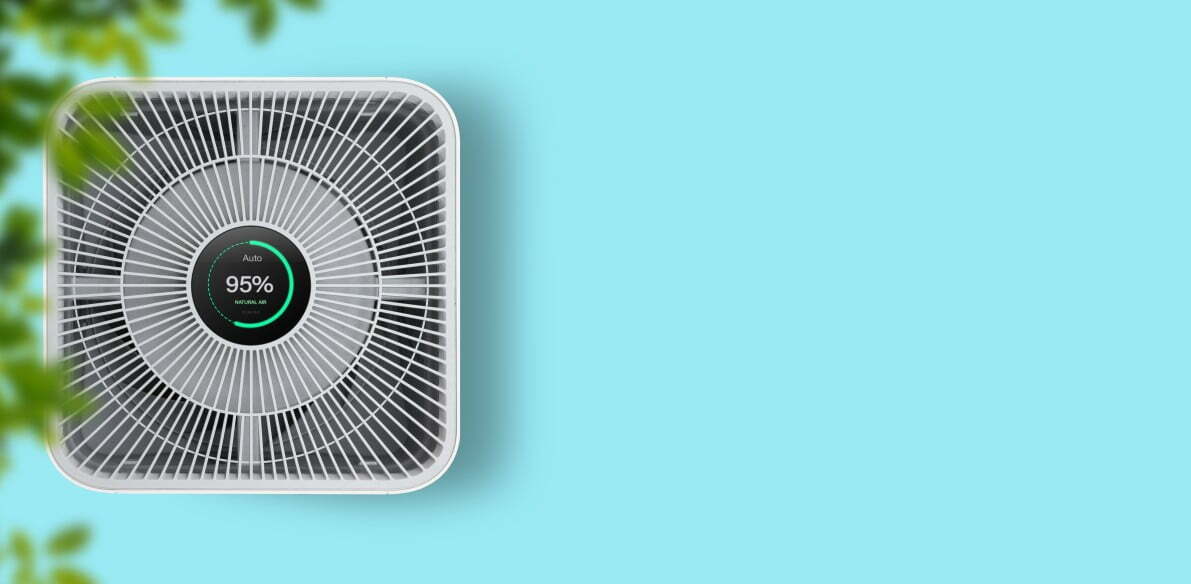
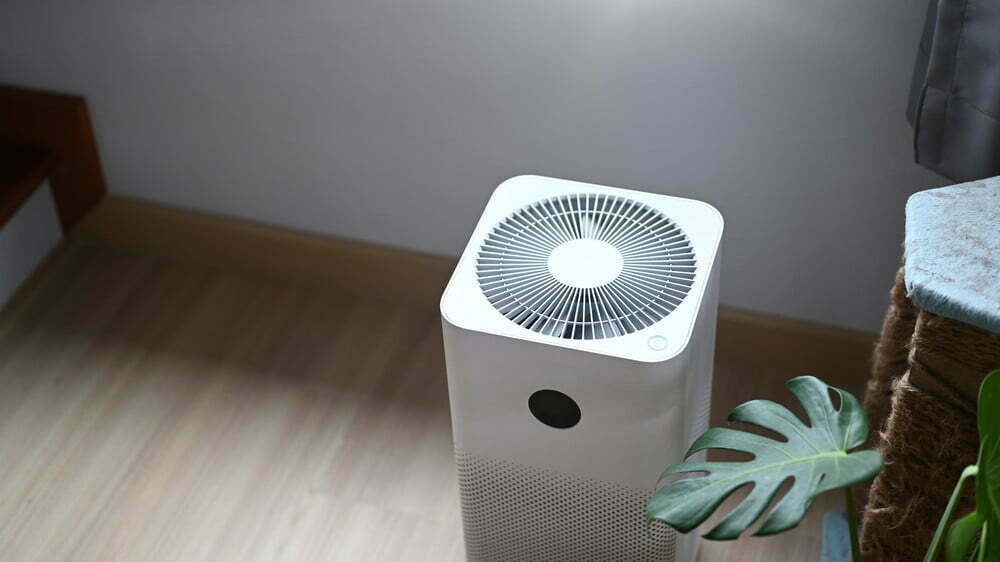
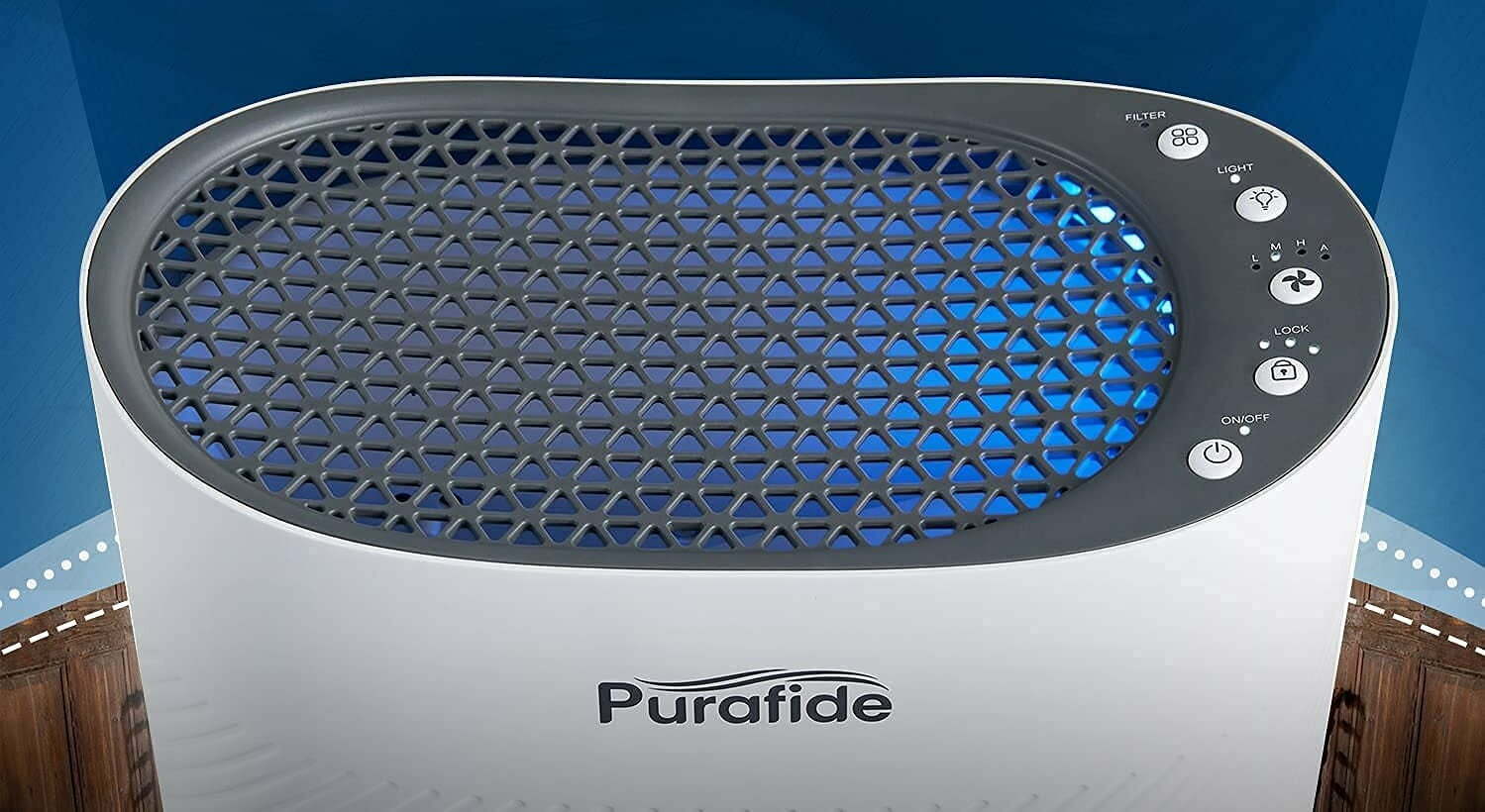
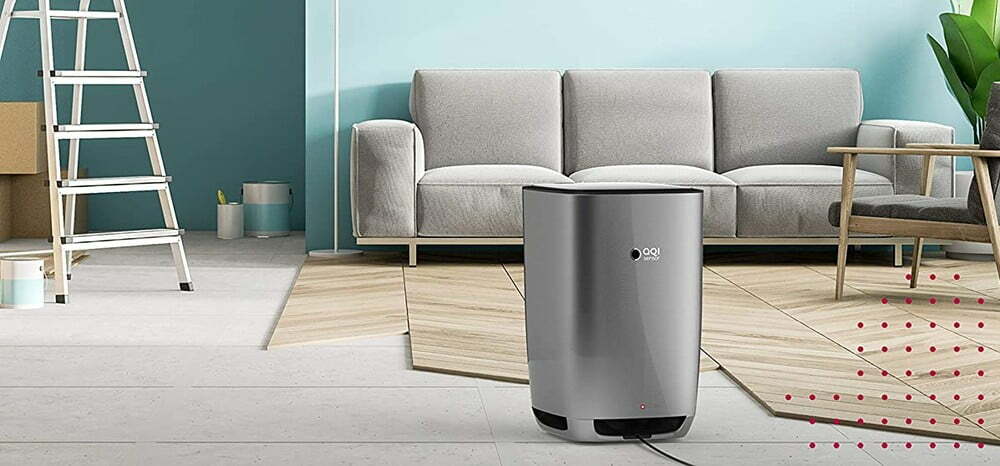
![Best Air Purifiers for VOCs and Formaldehyde in [year] 27 Best Air Purifiers for VOCs and Formaldehyde in 2026](https://www.gadgetreview.dev/wp-content/uploads/best-air-purifier-for-vocs-and-formaldehyde-image.jpg)
![Best Air Purifier in [year] ([month] Reviews) 28 Best Air Purifier in 2026 (January Reviews)](https://www.gadgetreview.dev/wp-content/uploads/Honeywell-True-HEPA-Allergen-Remover-HPA300-e1475603569442.jpg)
![Best Air Purifiers for Dust in [year] 29 Best Air Purifiers for Dust in 2026](https://www.gadgetreview.dev/wp-content/uploads/best-air-purifier-for-dust-image.jpg)
![Best Honeywell Air Purifiers in [year] 30 Best Honeywell Air Purifiers in 2026](https://www.gadgetreview.dev/wp-content/uploads/best-honeywell-air-purifier-image.jpg)
![Best Germicidal Air Purifiers in [year] 31 Best Germicidal Air Purifiers in 2026](https://www.gadgetreview.dev/wp-content/uploads/best-germicidal-air-purifier-image.jpg)
![Best Filterless Air Purifiers in [year] 32 Best Filterless Air Purifiers in 2026](https://www.gadgetreview.dev/wp-content/uploads/best-filterless-air-purifier-image.jpg)
![Best Levoit Air Purifiers in [year] 33 Best Levoit Air Purifiers in 2026](https://www.gadgetreview.dev/wp-content/uploads/best-levoit-air-purifier-image.jpg)
![Best Air Purifiers for Smoking Weed in [year] 34 Best Air Purifiers for Smoking Weed in 2026](https://www.gadgetreview.dev/wp-content/uploads/best-air-purifier-for-smoking-weed-image.jpg)
![Best Quiet Air Purifiers in [year] 35 Best Quiet Air Purifiers in 2026](https://www.gadgetreview.dev/wp-content/uploads/best-quiet-air-purifier-image.jpg)
![Best Desktop Air Purifiers in [year] 36 Best Desktop Air Purifiers in 2026](https://www.gadgetreview.dev/wp-content/uploads/best-desktop-air-purifier.jpg)
![Best Dyson Air Purifiers in [year] 37 Best Dyson Air Purifiers in 2026](https://www.gadgetreview.dev/wp-content/uploads/best-dyson-air-purifier.jpg)
![Best Air Purifiers for Dorm Room in [year] 38 Best Air Purifiers for Dorm Room in 2026](https://www.gadgetreview.dev/wp-content/uploads/air-purifier-for-dorm-room-1.jpg)
![Best Air Purifiers for Office in [year] 39 Best Air Purifiers for Office in 2026](https://www.gadgetreview.dev/wp-content/uploads/best-air-purifier-for-office.jpg)
![Best Air Purifiers for Basement in [year] 40 Best Air Purifiers for Basement in 2026](https://www.gadgetreview.dev/wp-content/uploads/best-air-purifier-for-basement.jpg)
![Best Air Purifiers For Odor in [year] 41 Best Air Purifiers For Odor in 2026](https://www.gadgetreview.dev/wp-content/uploads/best-air-purifier-odor.jpg)
![10 Best Personal Air Purifiers in [year] 42 10 Best Personal Air Purifiers in 2026](https://www.gadgetreview.dev/wp-content/uploads/best-personal-air-purifiers.jpg)
![10 Best Plug In Air Purifiers in [year] 43 10 Best Plug In Air Purifiers in 2026](https://www.gadgetreview.dev/wp-content/uploads/best-plug-in-air-purifier-image.jpg)
![10 Best Whole House Air Purifiers in [year] 44 10 Best Whole House Air Purifiers in 2026](https://www.gadgetreview.dev/wp-content/uploads/best-whole-house-air-purifier-image.jpg)
![10 Best Large Room Air Purifiers in [year] 45 10 Best Large Room Air Purifiers in 2026](https://www.gadgetreview.dev/wp-content/uploads/Coway-Airmega-200M-Large-Room-Air-Purifier-900x900-1.png)
![10 Best UV Air Purifiers in [year] 46 10 Best UV Air Purifiers in 2026](https://www.gadgetreview.dev/wp-content/uploads/best-uv-air-purifier.jpg)
